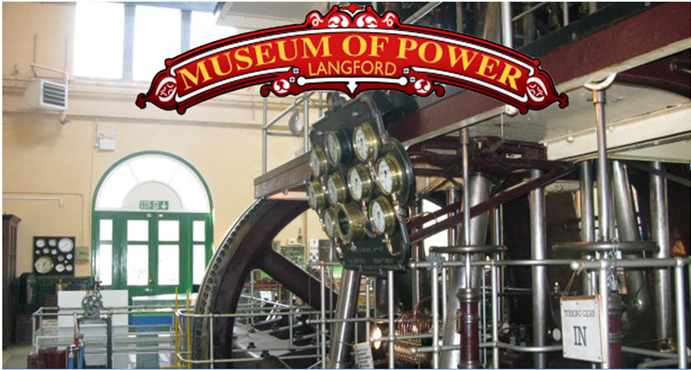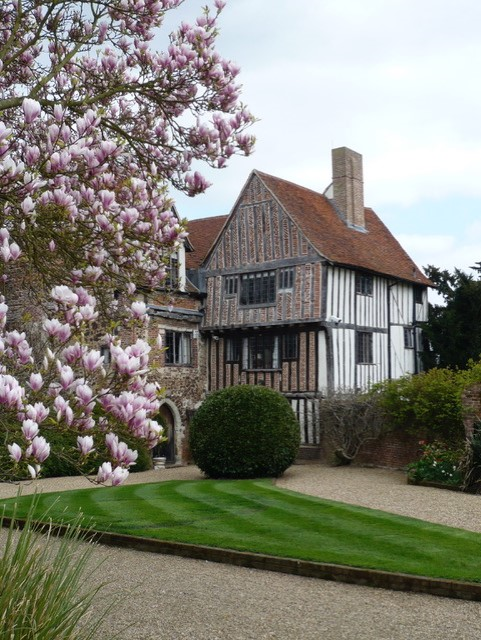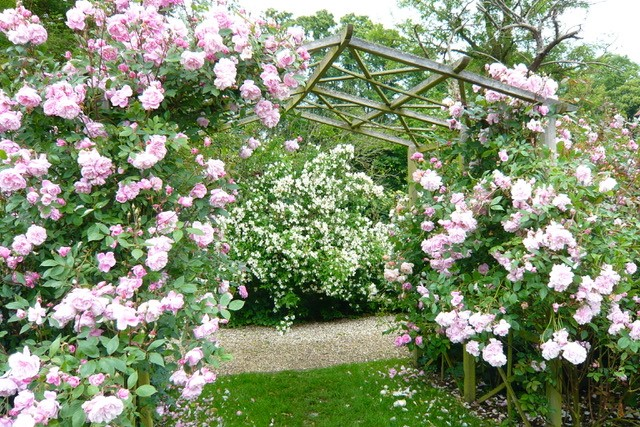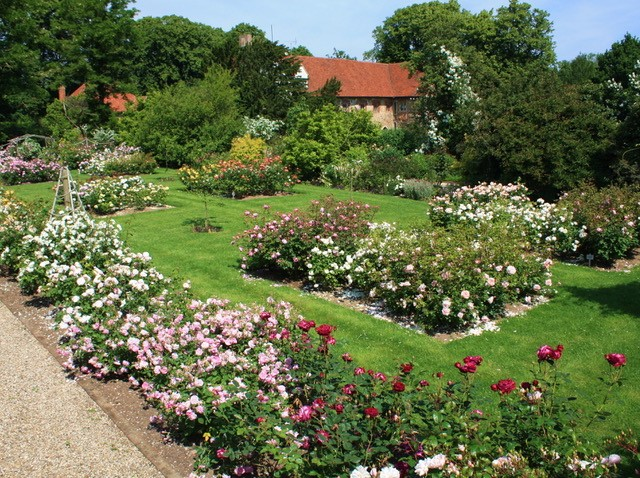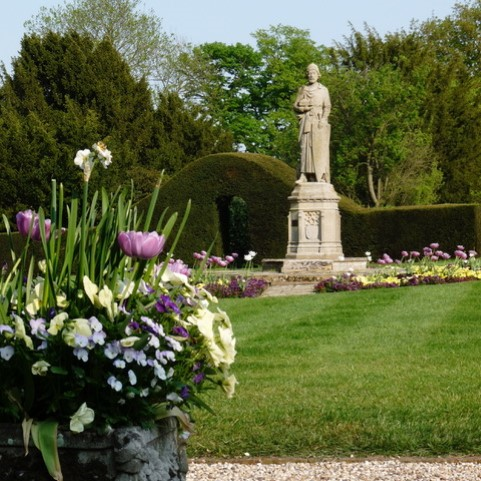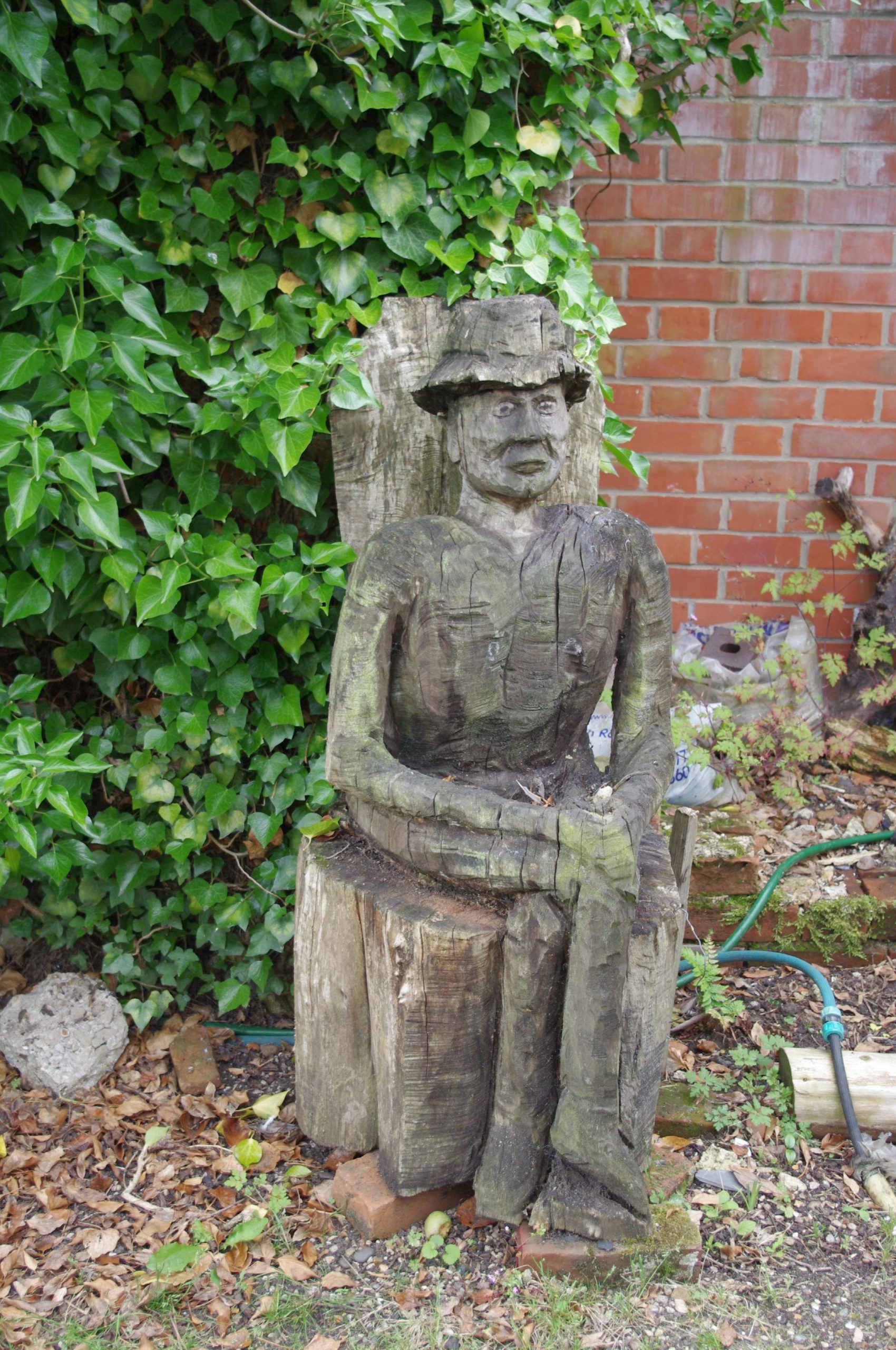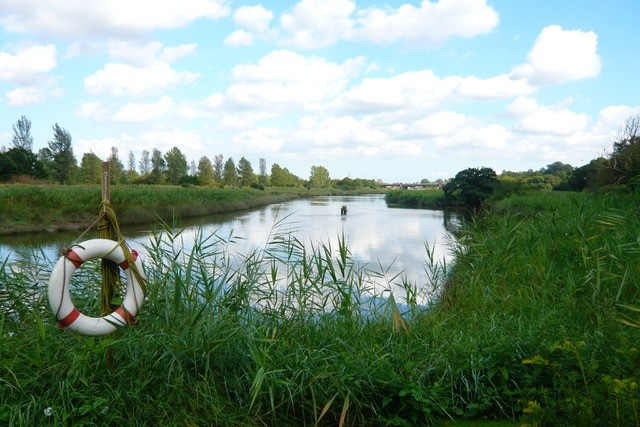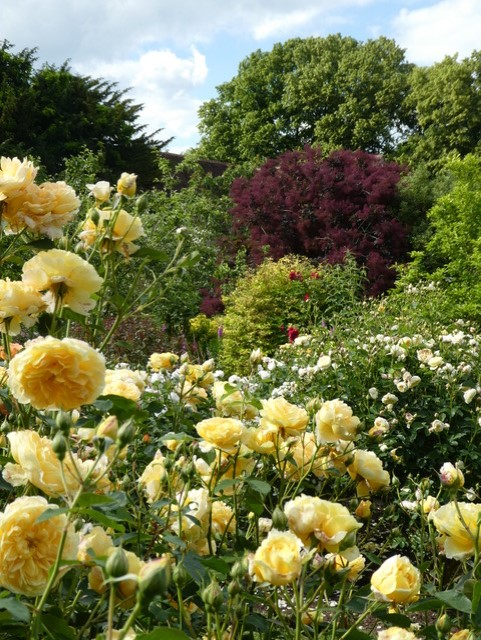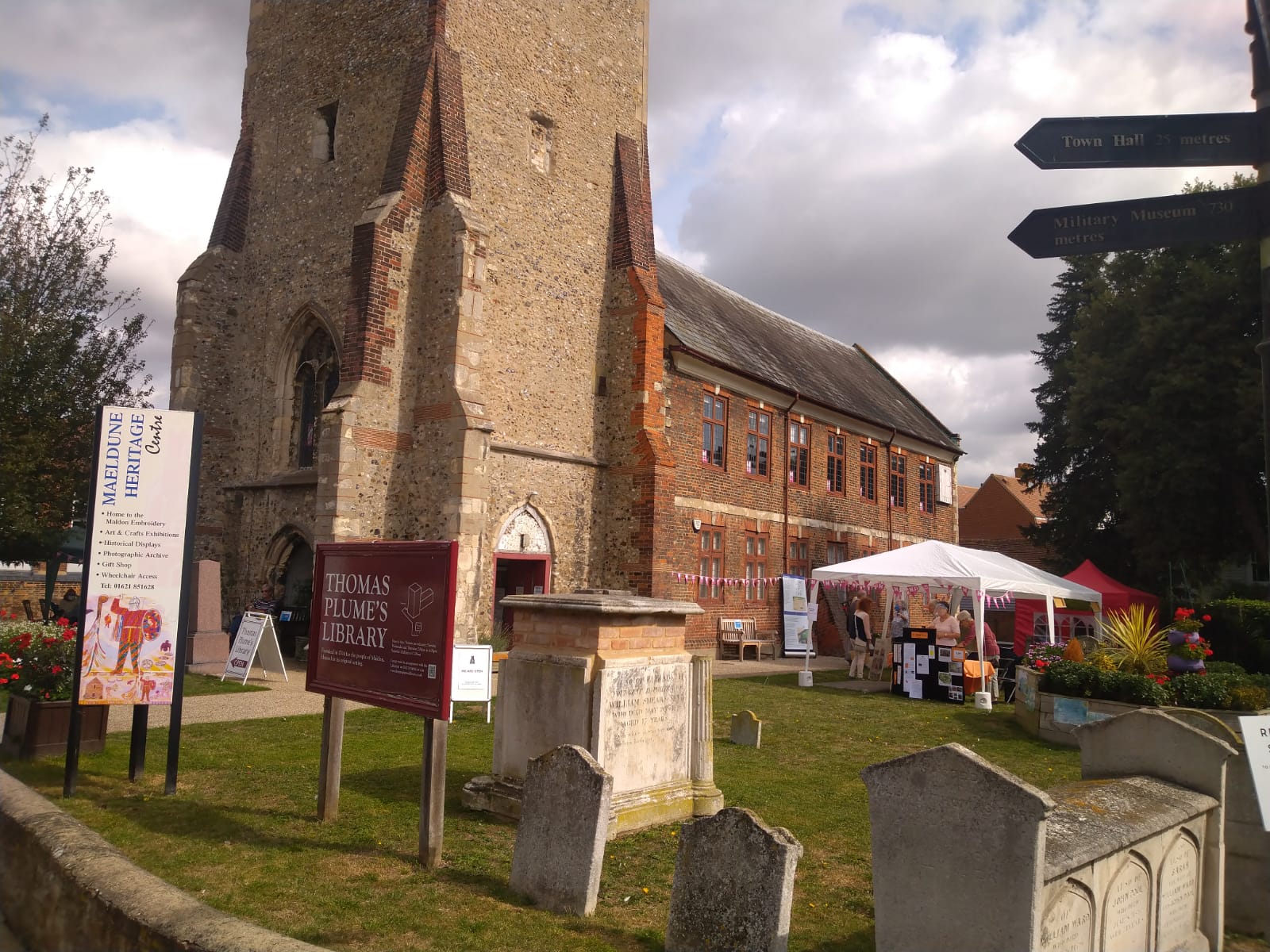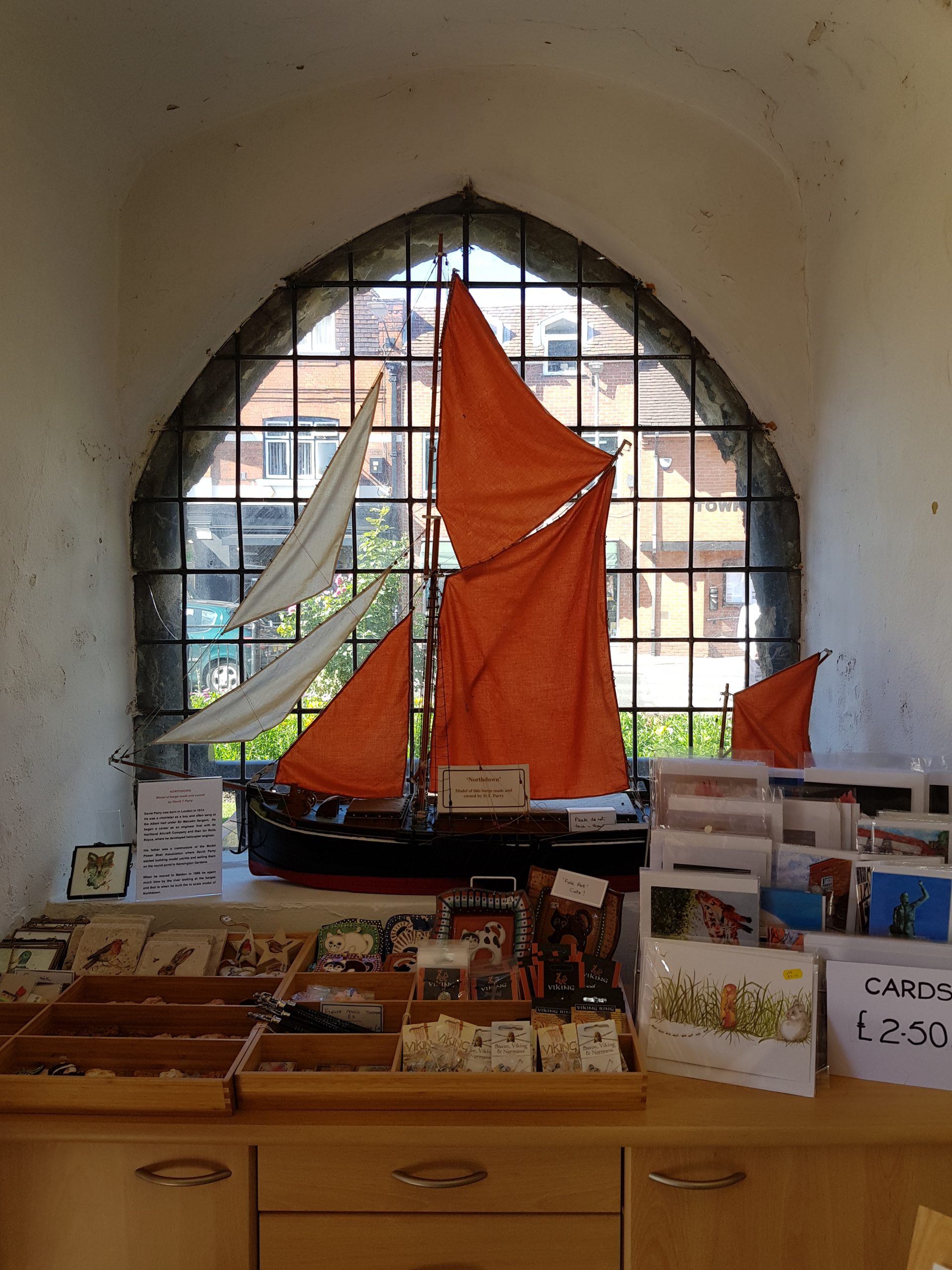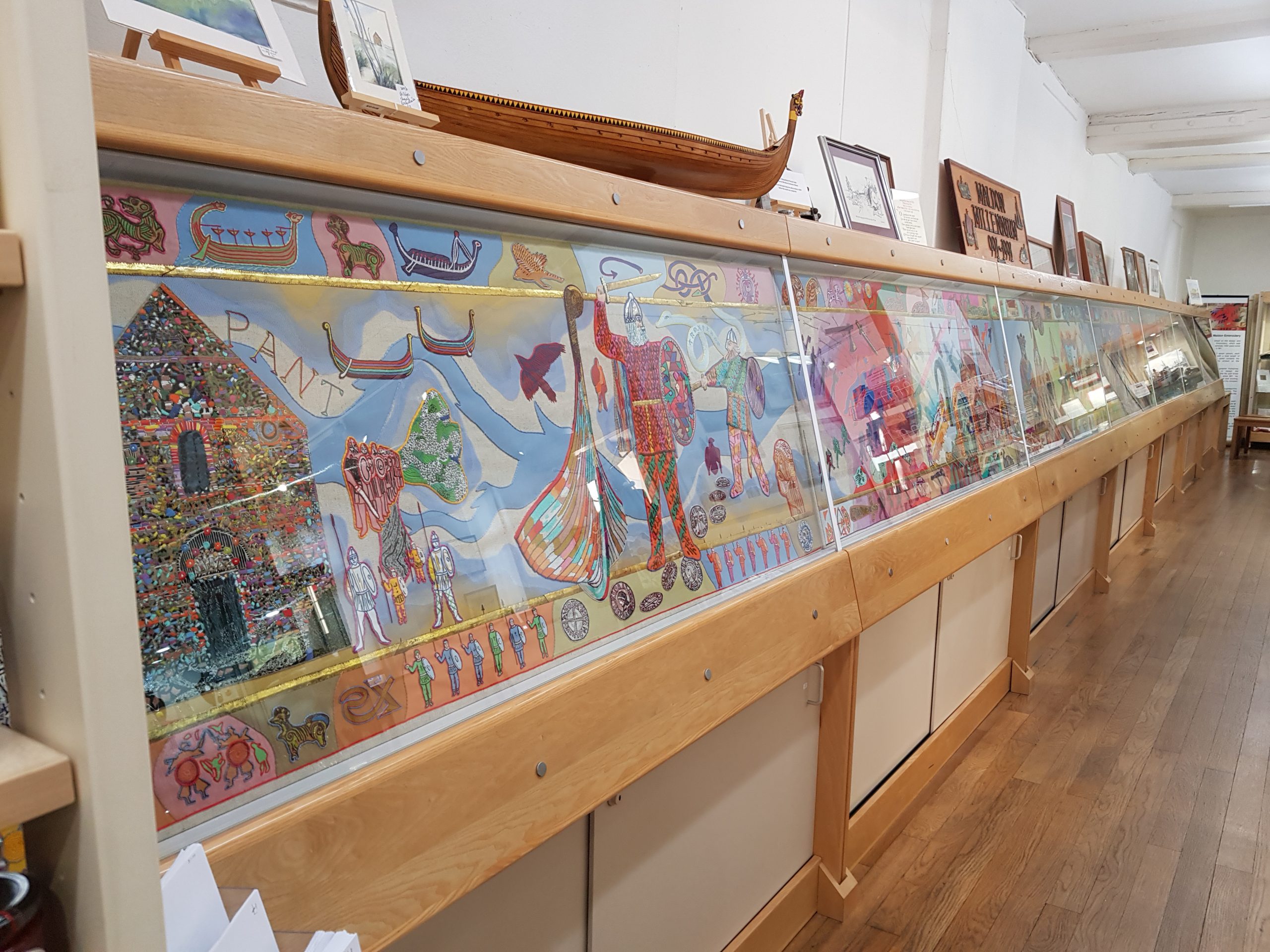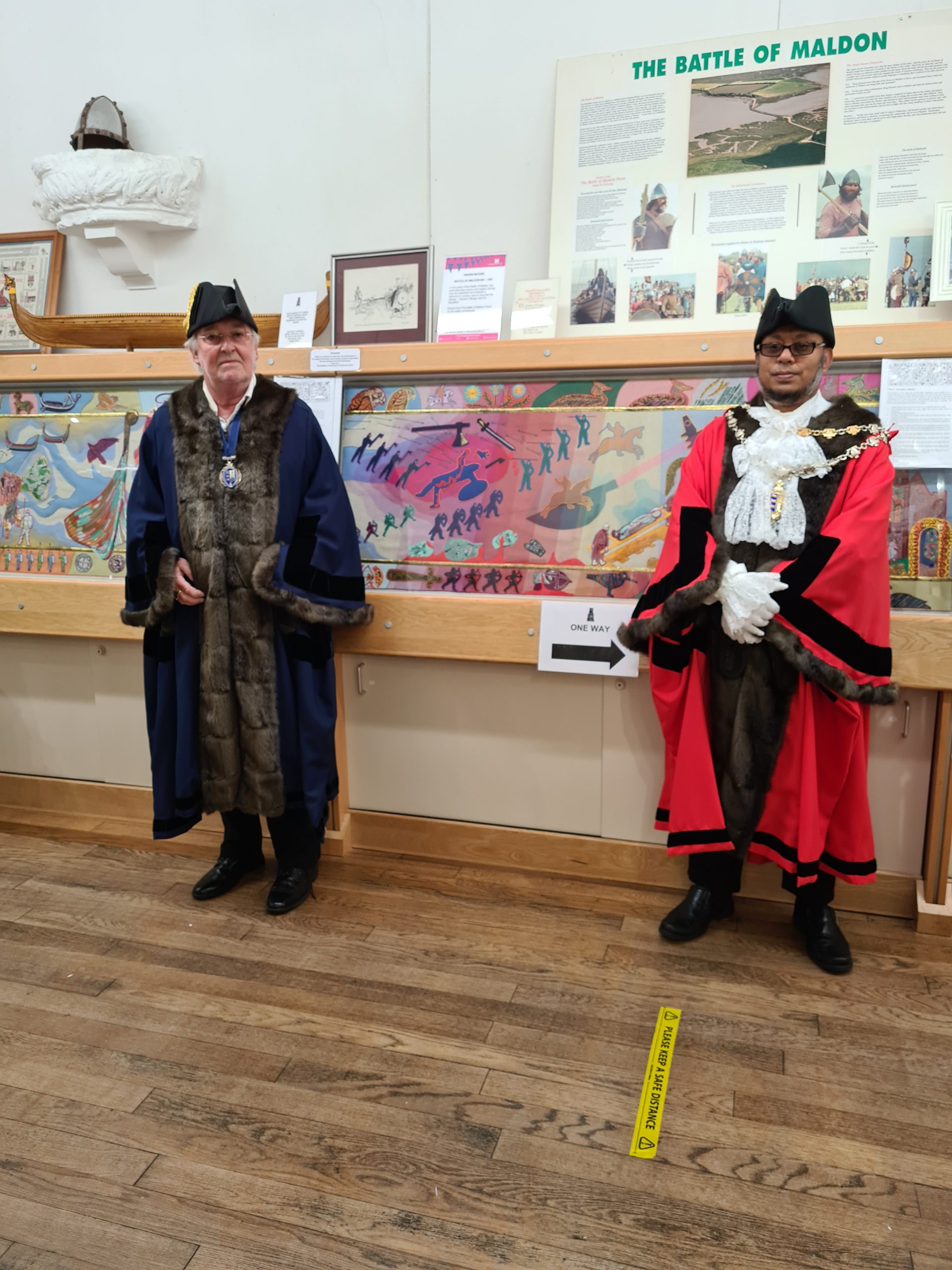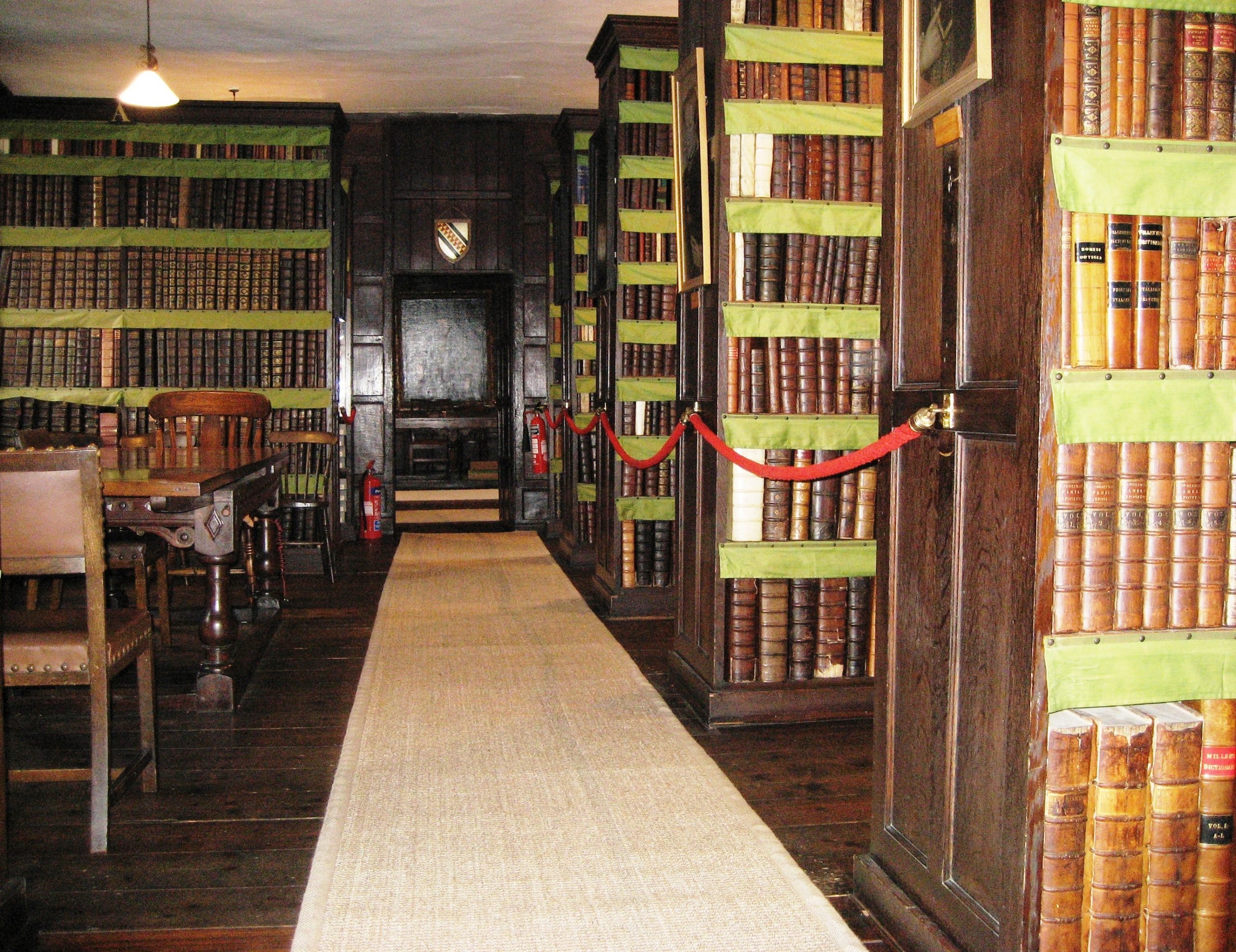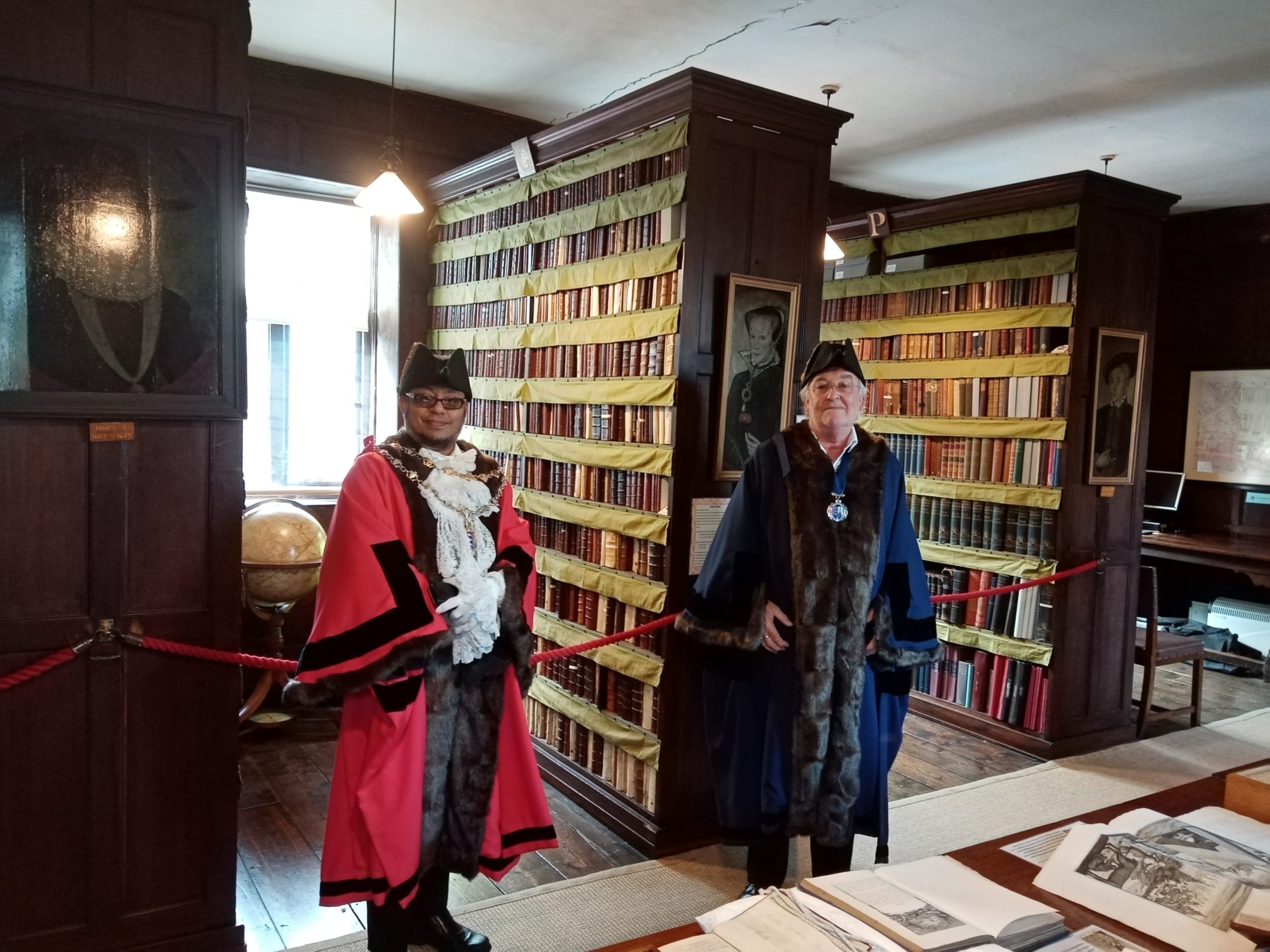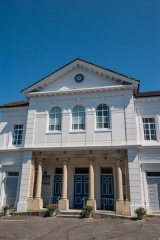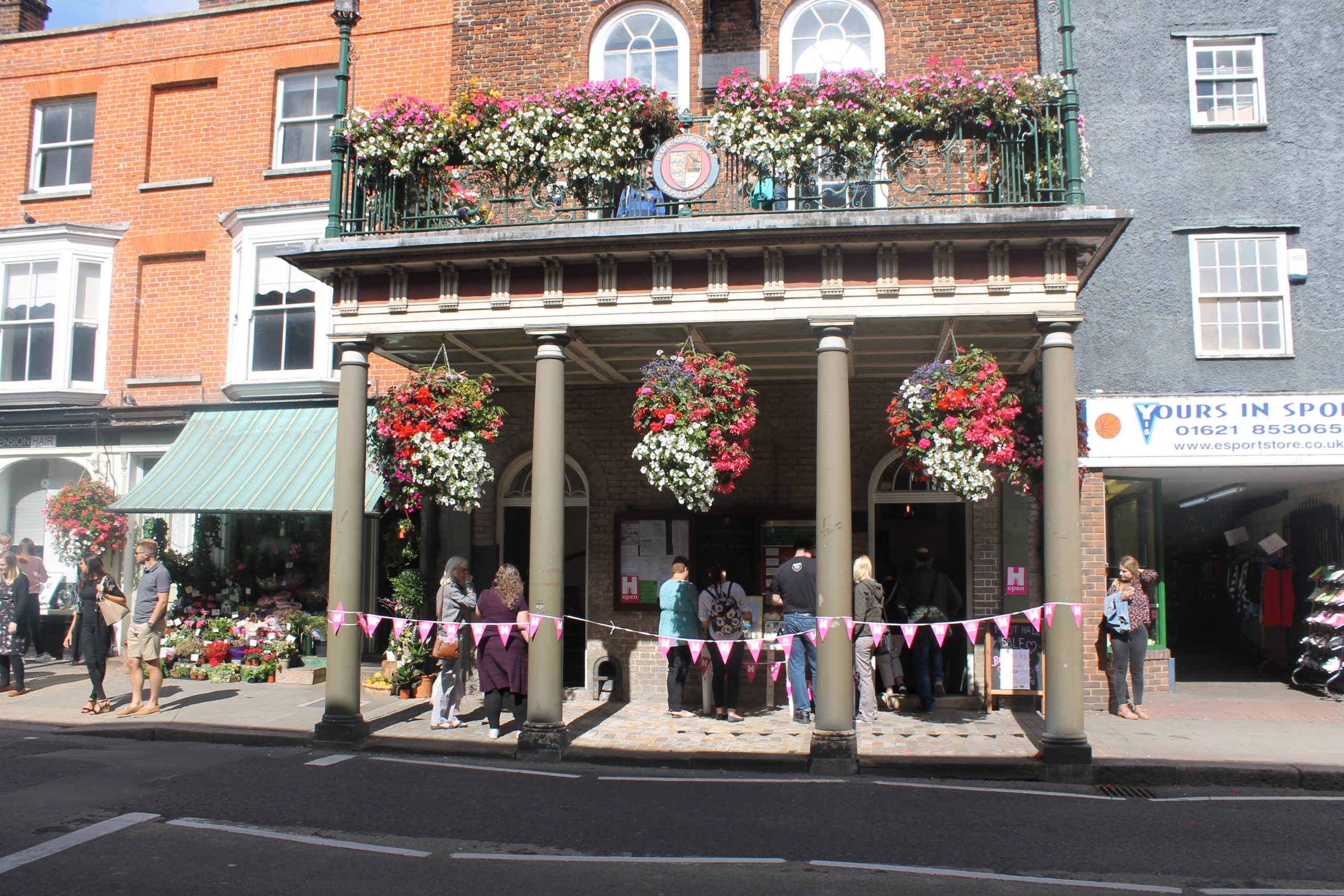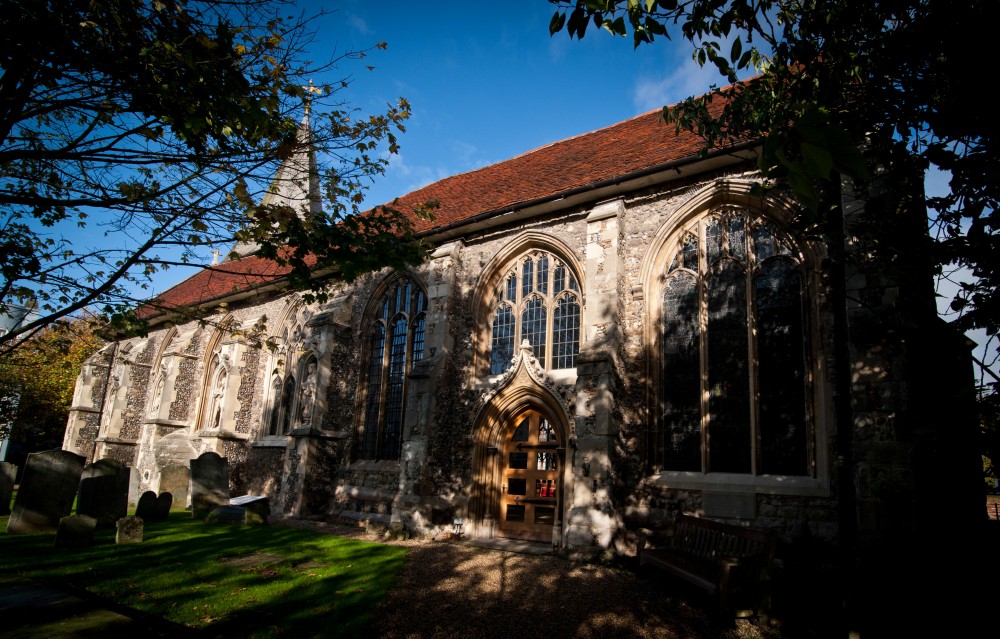Maldon Through Time
Written by Stephen Nunn
MALDON is situated on a hill, overlooking the length of its river – the salty Blackwater. That strategic location encouraged the earliest of settlers and there is evidence of habitation from the Bronze Age. By the time of the Roman invasion, Iron Age tribal peoples were living on the hill and a Romano-British colony, or ‘civitas’, was established in the valley where Heybridge is now located. By the 10th century the principal occupation returned to the hill – to what the Anglo-Saxon people called ‘Maeldune’ – “a hill marked by a cross” or “hill of assembly”. In 916 Edward the Elder built a fort (or ‘Burh’) on the hill as a defence against the marauding Danes. This also contained a mint making distinctive Anglo-Saxon silver pennies and marked with the moneyer’s name and the name of the town.
Images courtesy of English Heritage
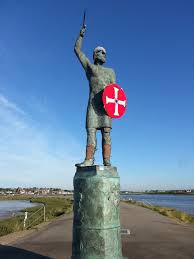
The fort and mint suffered a siege in 920 but was successfully defended. However, the town finally fell as a result of the famous Battle of Maldon in 991. Our local Earldorman, Brythnoth, was killed, the town was sacked and the poem of the same name has come down to us to tell the story. A poem that is one of the earliest pieces of English literature.
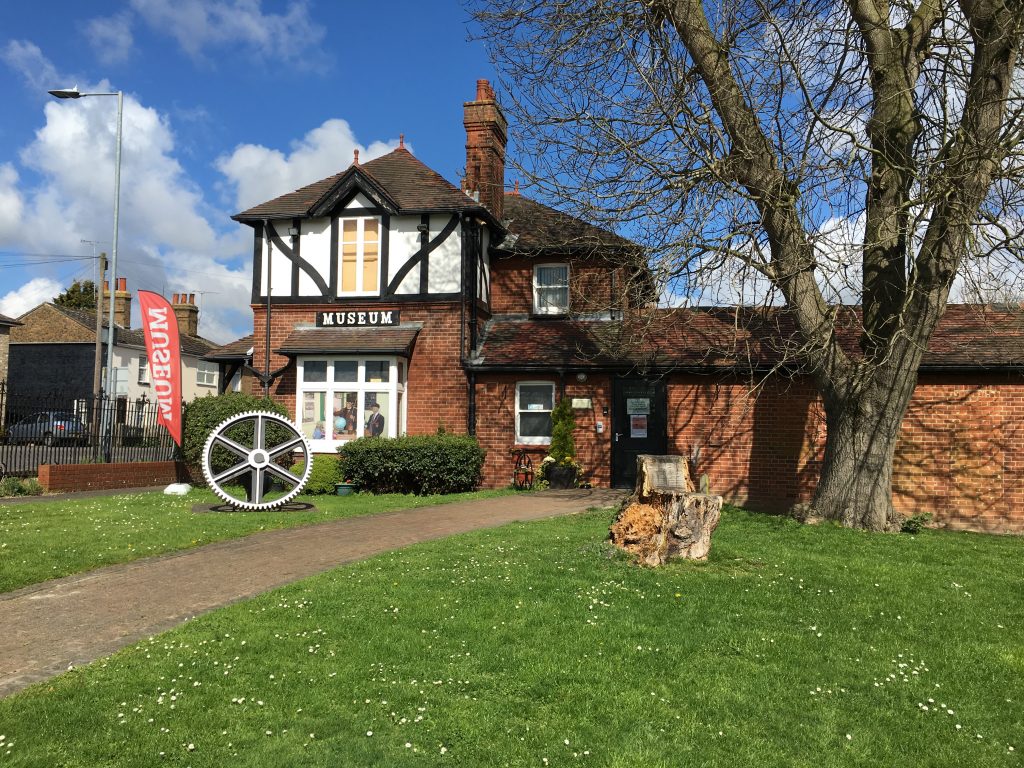
The town eventually recovered, the mint continued and by the time of the Domesday Survey of 1085/86, Maldon was second only in importance to Colchester. To seal its status, Maldon was issued with a charter under Henry II in 1171, granting certain rights and privileges and confirming the requirement for the town to provide a horse for the army and a ship at time of war.
Christianity had come to the area and was embedded by the 7th century missionary work of St. Cedd. Monasticism also arrived here with the Premonstratensian Order’s abbey at Beeleigh, founded in 1180, and a Carmelite Friary in the heart of the town from 1244. Both would be dissolved in the 16th century. Our three parish churches were built, or at least re-built, and have evolved ever since – St. Mary’s with architecture dating from the 12th century, All Saints from the 13th and St. Peter’s now hosting the Plume Library and Maeldune Centre.
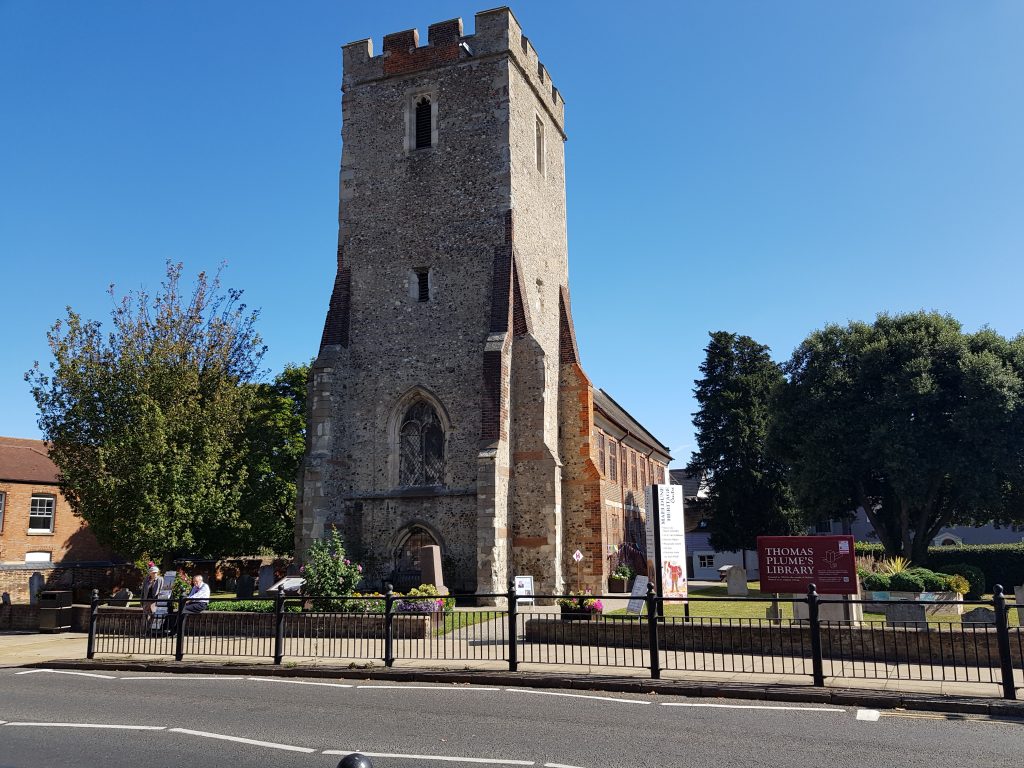
The Medieval core of Maldon centered on High Street, with shops and markets. The Moot Hall was at the head of the Market Place – originating as a private house of the D’Arcy family and purchased by the Corporation in 1576.
Maldon born, Thomas Plume, left his library to Maldon in 1704, as well as money for a school. The Plume Academy continues to this day. Edward Bright became known as the Town’s Fat Man, weighing in at around 44 stone when he died in 1750.
The town’s fortunes declined from the mid-16th century, but improved from the late-18th. The canal (the Chelmer & Blackwater Navigation) opened in 1797. Thames Sailing Barges and local fishing boats (smacks) worked the river.

The railway arrived here in 1847 and local industries were established providing employment. Foremost amongst these were Bentalls, Sadds and the Maldon Iron Works.
Maldon Salt continued to be extracted from the river as it had been since Roman times. Recreation was provided with the opening of the popular Promenade in 1895. The town’s population grew and a flourishing Victorian and Edwardian Maldon emerged. Today the town continues to evolve as a very special place to live, work and visit.
The town has gained life, light and colour down the centuries since its Dark Age roots. Its unique character is epitomized by its historic architecture and riverside culture that continues to feature historic vessels. It also has a vibrant High Street economy with excellent places to shop and to eat…….not least MALDON SPICE.
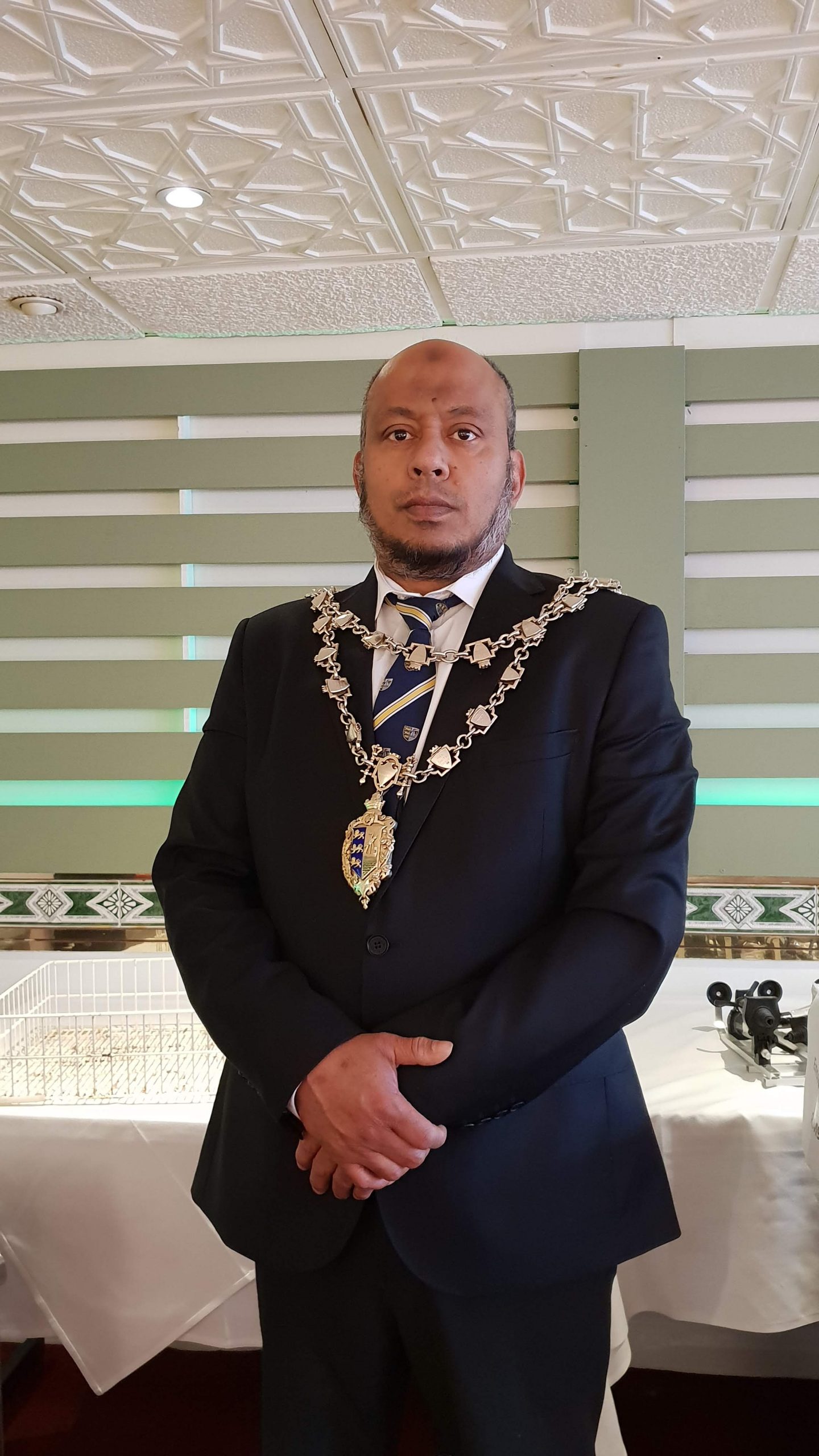
MALDON SPICE…. is owned and run by Jhual Hafiz and his family. Jhual has over 30 years experience in the business and is an award-winning restauranteur. Indian cuisine came to Maldon in 1978 and the very first Indian restaurant started in the same building that Maldon Spice is in today – 111 High Street. Jhual had many years running Maldon Tandoori before opening Maldon Spice. His Anglo-Indian recipes contain the very best ingredients. Jhual is a dedicated member of the Maldon community – a former Mayor, a serving Town Councilor and part of the management of the Maldon District Islamic Cultural Association. Come and meet him and enjoy the succulent Indian dishes on offer…..

